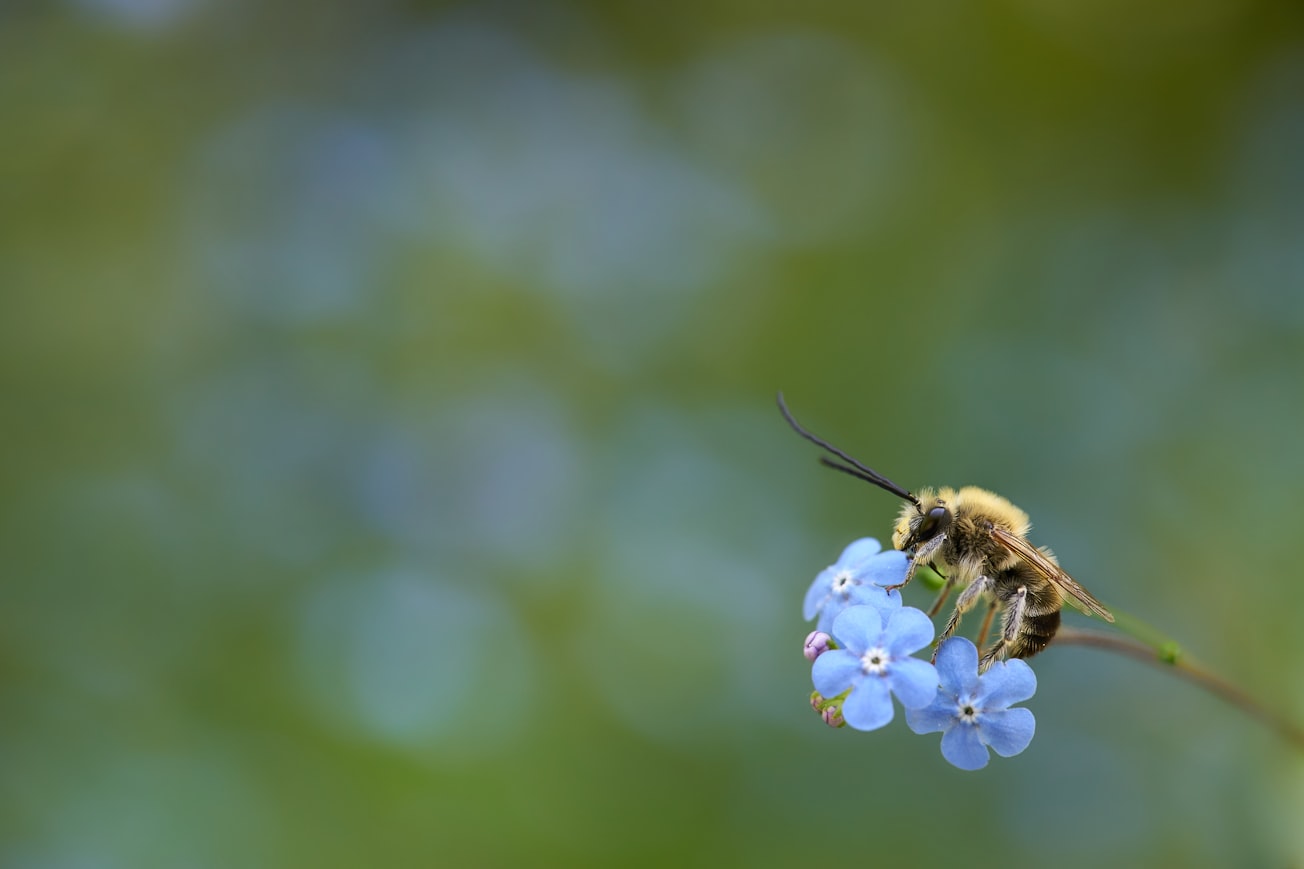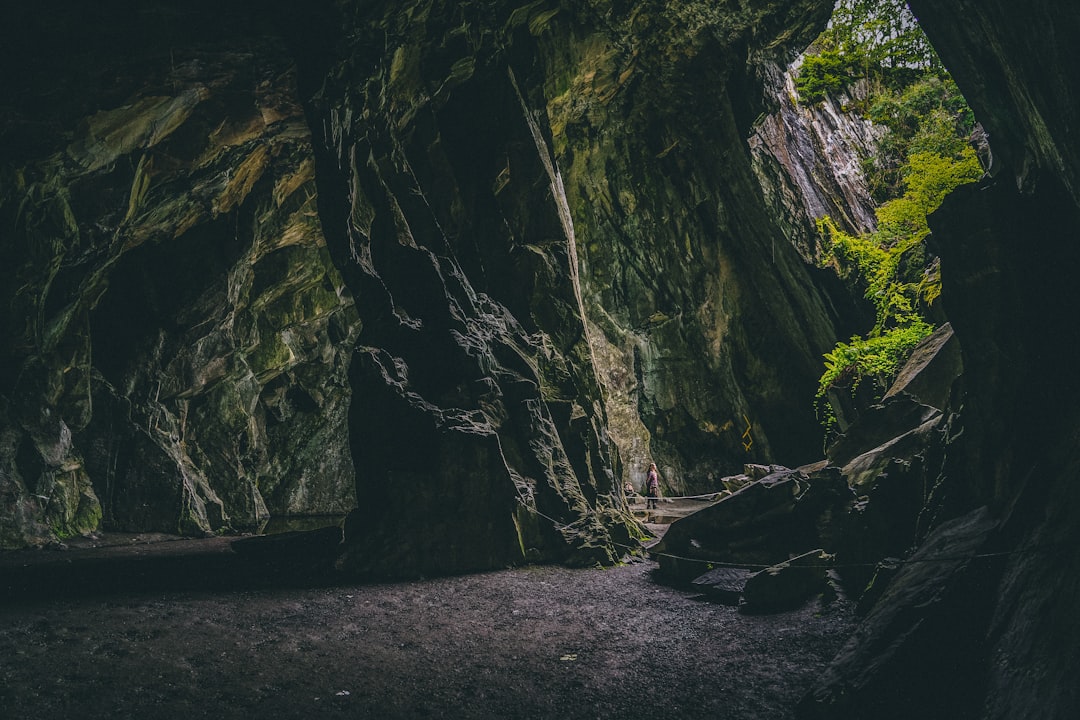What is it about?
Most efforts to grow bee-friendly plants have concentrated on catering to the needs of the adult bees. This means “bee-friendly plants” are chosen based on the quantity of nectar and pollen produced by them and how frequently they are visited by the adult insects that feed on nectar. What impact does this have on the bees? Well, it seems the bees have been offered the equivalent of “junk food,” high in energy that might suit the adult bee but is nutritionally unbalanced in terms of baby bee (larval) food, which is actually the pollen. In my study I have shown that to develop effective strategies for bee conservation, larval nutritional needs for body-building substance should be considered. Accordingly, plants providing balanced nutritional diet for the larva should be considered in wildflower mixes prepared for bees as well as in planting flower strips and hedgerows.
Featured Image

Photo by Wolfgang Hasselmann on Unsplash
Why is it important?
As a novel approach for addressing the issue of wild bee decline, I have developed effective strategies for bee conservation by considering the nutritional requirements of the larvae. By growing plants that supply the right food, we could ensure a revival in the bee population. As a start, plants that provide nutritionally balanced larval diet for a particular bee species (Osmia bicornis) were identified. This knowledge could be applied in the cultivation of bee-friendly plants as well as planting flower strips and hedgerows to act as pollen harvesting grounds for the bees.
Perspectives
Proper management of bee habitats does not currently exist because the nutritional ecology of wild bees is not understood and actions undertaken to improve their nutritional base are not effective. Conservation strategies, such as planting flower strips and hedgerows and producing seed mixes, should include key host plants that offer pollen rich in nutrients that are essential for bee larval development. In future, building a knowledge base of nutrition in pollen from different plants and that of nutritional demands of other species of bees would help in the conservation of the bee population.
Dr Michał Filipiak
Institute of Environmental Sciences, Jagiellonian University
Read the Original
This page is a summary of: Key pollen host plants provide balanced diets for wild bee larvae: A lesson for planting flower strips and hedgerows, Journal of Applied Ecology, April 2019, Wiley,
DOI: 10.1111/1365-2664.13383.
You can read the full text:
Resources
Creating bee-healthy diet plan(t)s
Jagiellonian University press release (you are free to republish this article).
Wild bees on a junk diet
Some plants that are considered bee-friendly may negatively affect the development of these insect`s larvae. The plants that produce pollen unsuitable for wild bees include lavender, poppy, sunflower, oilseed rape and maize, according to the research of Dr. Michał Filipiak from the Jagiellonian University.
Contributors
The following have contributed to this page










